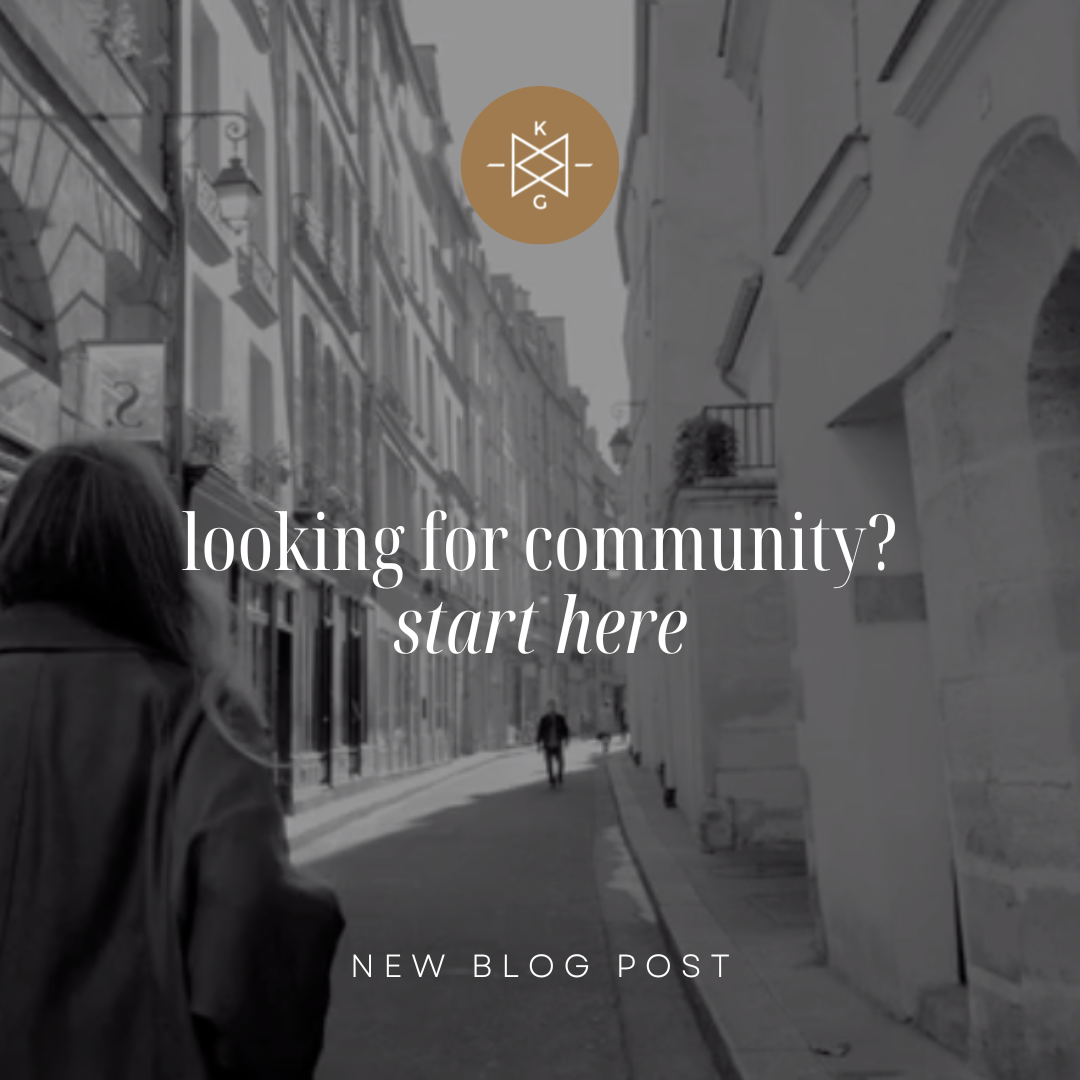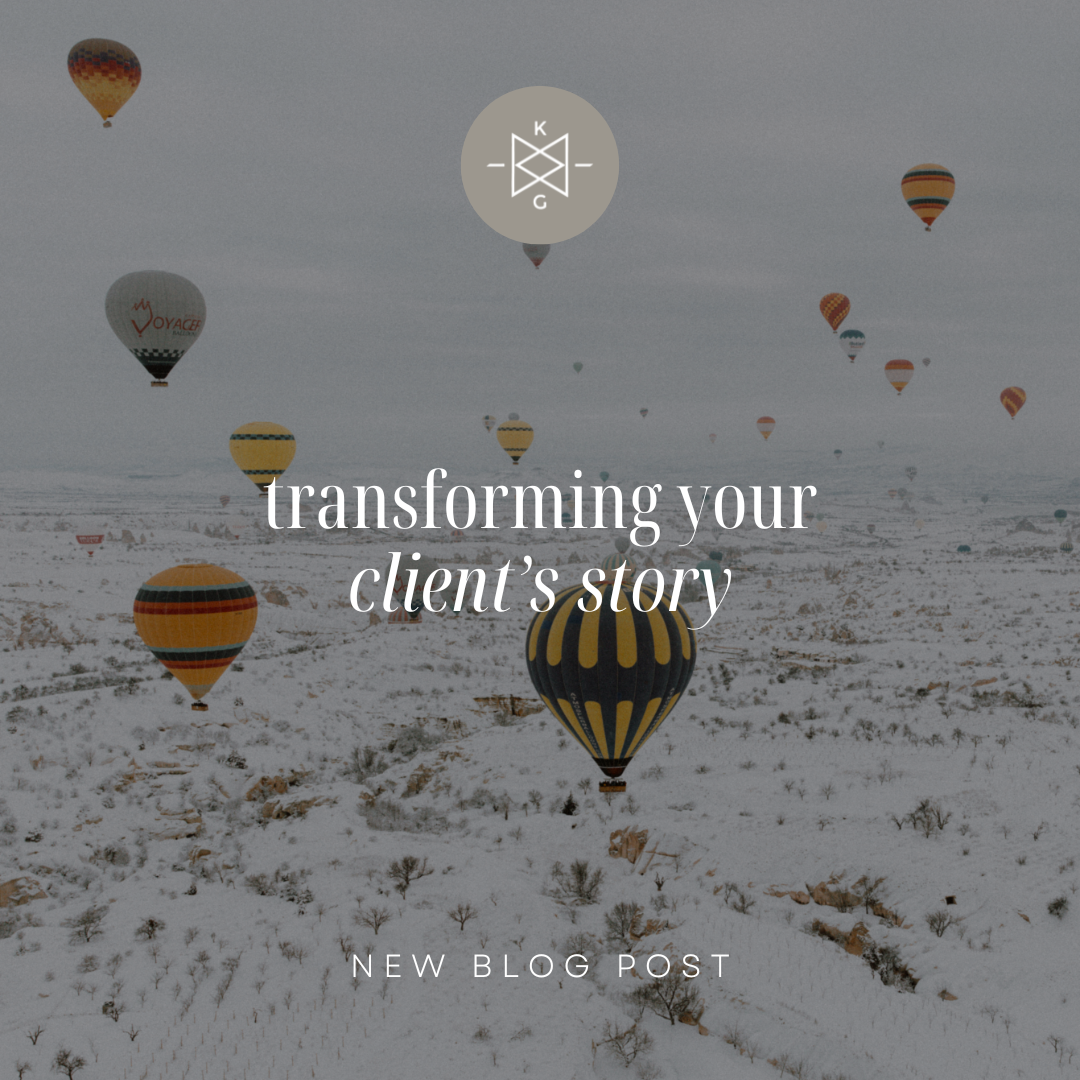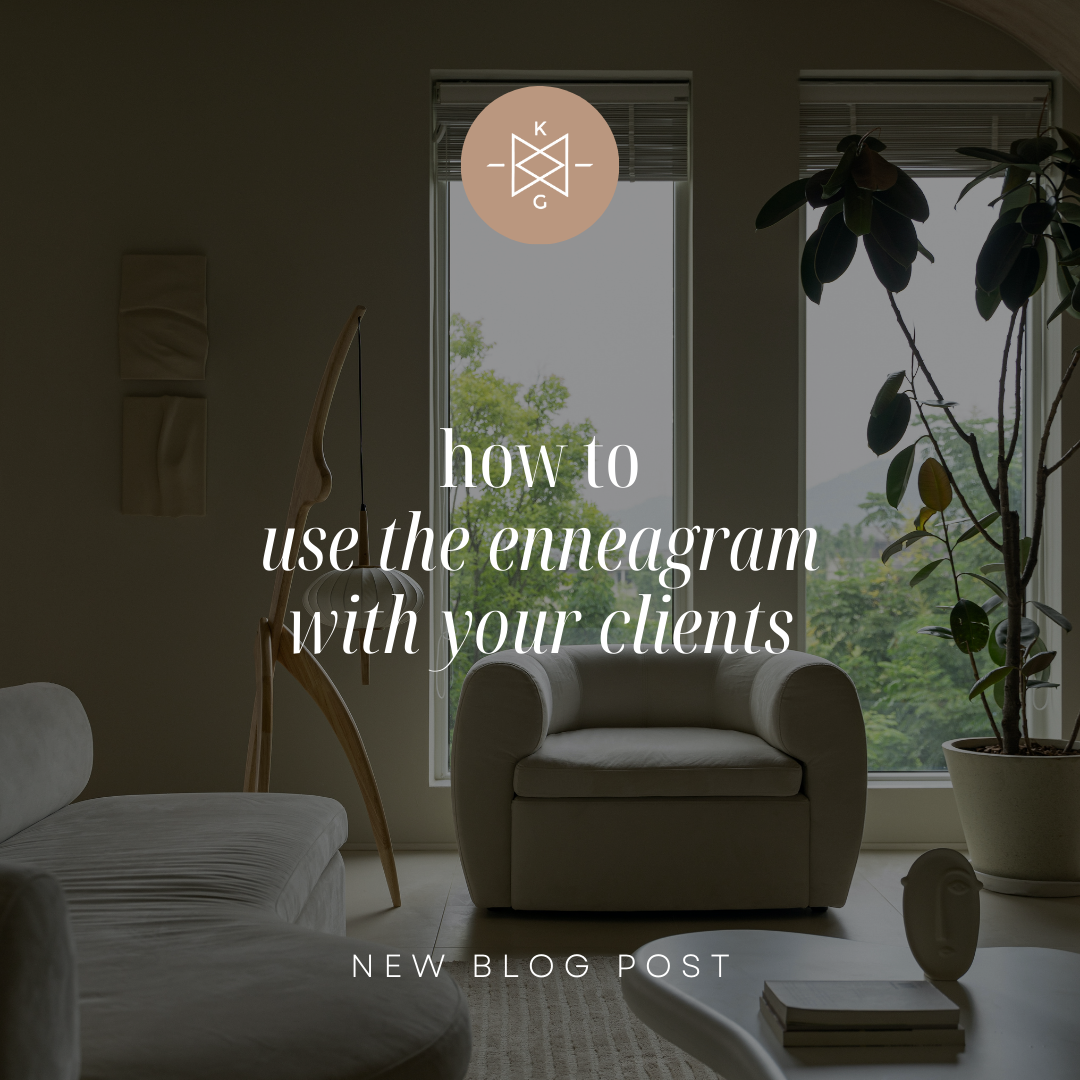
In Case You’re Wondering What to do Next
“Yesterday I was clever, so I wanted to change the world. Today I am wise, so I am changing myself.”
-Rumi
When everything around me seems swirling and chaotic, I always return to the basics: what I know to be true.
I remember as a kid, when I’d get super discouraged, dramatic, or disappointed, my sweet Dad would take me on a date (which normally revolved around food, ice cream, and the like), and remind me of who I was. Not in a pep-talky kind of way—more of a recalibrating kind of way. My highly sensitive self would get lost in the clouds of great expectations and that harsh inner critic, and what I needed more than anything was to feel my feet on the ground.
My Dad knew that. Perhaps someone had done that for him somewhere along the way.
While I was clueless/terrified as to how to respond to my cancer diagnosis four years ago (this month) and the mash-up of emotions sheltering inside me as a result, I kept coming back to this: when in doubt, do the next best thing. Okay, okay, so I got a little inspiration from Anna in Frozen 2. I guess it’s proof that the kid inside you and me is, indeed, a truth-teller.
Though we may not be able to control our circumstances or the world spinning out around us, we can take responsibility for how we respond and choose to grow forward. In doing so, we directly impact our sphere of influence, big or small. By becoming better humans, we build a better world. By taking care of you, you create a greater opportunity for impact as you engage your family, friends, co-workers, and tribe.
I believe the first step to becoming better humans is to wake up to what’s happening inside. To develop greater self-awareness and self-knowledge. There’s a difference, after all! Self-awareness is being conscious of how you feel, think, and act. Self-knowledge takes it a step further and unpacks the “why” behind that awareness.
The Enneagram gives us nine (or 27, if you factor in subtypes) lanes that map out how we get lost in our ego, or false self. It carves out the self-knowledge as well, providing us with the “why” behind our often exhausting pursuits.
Painful experiences in life wake us up from life’s unconscious slumber. They invite us to quit pressing the snooze button and start living in wakeful presence. It’s an opportunity to change the world around us by doing the next best thing—whether that is reaching out to a friend in need, speaking kindly to yourself, donating to a worthy cause, responding instead of reacting out of fiery emotion, practicing self-care, or hugging your child a little longer at bedtime.
It’s about revisiting the classics we may have skimmed through in human school.
Let’s get back to the truth of what we know, my friend. By taking care of you, you’re focusing on what you can control. When we build on a firm foundation, we can create a beautiful, soulful tomorrow.
Love & Gratitude,
Katie
P.S. Need a guide and a roadmap? Join The Practice, my online Enneagram group coaching program!
The Somatic Enneagram
“The human body is a river of intelligence, energy, and information that is constantly renewing itself in every second of our existence.”
- Deepak Chopra
One of my favorite things about the Enneagram is its holistic capacity to bring balance and integration to our overall experience. I’ve heard it described as a psycho-spiritual tool, one that provides benefits on a psychological and spiritual plane. It definitely does this. However if we dismiss the rich insight the enneagram provides to us on a somatic (body) level, we are missing out on the gifts it can bring to our total embodiment day after day.
You may have heard about the concept of three intelligence centers: body, heart, and mind, frequently taught in enneagram circles. Basically, this proves that we are actually three-brained beings (heart, body, mind) instead of one-brained beings (mind), as has been elevated in our modern western world. Emotional intelligence has made a big splash in the last 50 years or so, yet somatic intelligence has not been as accepted until now. Thankfully, recent scientific studies are finally catching up to this wisdom of the enneagram by proving we have neural cells not just in our brains, but in the lining of our stomachs and hearts. Crazy, right?
I interviewed Terry Saracino, core faculty member of the Narrative Enneagram (and my teacher…pinch me!) for the Practice, my enneagram-based self-care membership program. Specifically, we talked about the somatic approach unique to the Narrative Tradition. If you are interested in taking your enneagram understanding and overall well-being to the next level, I hope you will join the Practice and check out that conversation. Terry is lovely, brilliant, and as passionate today about this system as when she first learned about it in 1989.
She describes this dynamic approach to understanding ourselves through the lens of the enneagram, and really unpacking this often forgotten intelligence center of the body. Interestingly, our bodies are always in the present moment. Our hearts and minds can be all over the map, future-tripping and stuck in the past, but our bodies ground us in the present moment if we are willing to bring greater awareness to them. Our bodies are the experiencers of our enneagram type patterns of thought and emotion, so we must lean on them for greater insight and support in our day to day experience.
Many of us are wildly disconnected from this somatic, or kinesthetic wisdom. And one of the trillion things I love about the enneagram is it’s all about bringing balance and openness where there is imbalance and contraction.
When we do the work of the enneagram, we discover our personality type and deeper character structure are held into place by our types emotional patterns, thought patterns, and somatic profile. I love getting to work with clients to bring awareness to this unique type-specific picture and begin to relax these often limiting patterns. As we relax those conditioned patterns, we are able to open up to the true, or unconditioned self that has been buried under years of habit and automatic behaviors.
Do you long to experience a more embodied, balanced, and fulfilling life? If so, you’ve come to the right place. I’d love to guide you and your team deeper into the enneagram.
Integrating Somatic Intelligence in Therapy
“Your mind, emotions and body are instruments and the way you align and tune them determines how well you play life.”
- Harbhajan Singh Yogi
One of my favorite things about the Enneagram is its holistic capacity to bring balance and integration to our overall experience. I’ve heard it described as a psycho-spiritual tool, one that provides benefits on a psychological and spiritual plane. It definitely does this. However, if we dismiss the rich insight the Enneagram provides to us on a somatic level, we are missing out on the gifts it can bring to our total embodiment day after day.
You may have heard about the concept of three intelligence centers: body, heart, and mind, frequently taught in enneagram circles. Basically, this proves that we are actually three-brained beings (heart, body, mind) instead of one-brained beings (mind), as has been elevated in our modern western world. Emotional intelligence has made a big splash in the last 50 years or so, yet somatic intelligence has not been as accepted until now. Thankfully, recent scientific studies are finally catching up to this wisdom of the Enneagram by proving we have neural cells not just in our brains, but in the lining of our stomachs and hearts. Crazy, right?
I recently had the opportunity to sit down with Terry Saracino, core faculty member of the Narrative Enneagram (and my teacher…pinch me!) to talk about the somatic approach unique to the Narrative Tradition. Terry is lovely and brilliant and is as passionate today about this system as when she first learned about it in 1989.
She describes this dynamic approach to understanding ourselves through the lens of the Enneagram, and really unpacks this often forgotten intelligence center of the body. Interestingly, our bodies are always in the present moment. Our hearts and minds can be all over the map, future-tripping and stuck in the past, but our bodies ground us in the present moment if we are willing to bring greater awareness to them. Our bodies are the experiencer of our Enneagram type patterns of thought and emotion, so we must lean on them for greater insight and support in our day to day experience.
Many of us are wildly disconnected from this somatic, or kinesthetic wisdom. And one of the trillion things I love about the Enneagram is it’s all about bringing balance and openness where there is imbalance and contraction.
When we do the work of the Enneagram, we discover our personality type and deeper character structure are held into place by our type’s emotional patterns, thought patterns, and somatic profile.
I love getting to work with clients to bring awareness to this unique type-specific picture and begin to relax these often limiting patterns. As we relax those conditioned patterns, we are able to open up to the true, or unconditioned self that has been buried under years of habit and automatic behaviors.
I explain how this works in tandem with the Enneagram and other therapeutic tools in my upcoming webinar, The Experiential Enneagram: A Transformational Approach to Therapy and Coaching. Join me on March 8th at 9:00 am CT. You can register or learn more here.
Transforming Your Client's Story
“When we deny the story, it defines us. When we own the story, we can write a brave new ending.”
– Brené Brown
People often ask me, “What is your process when working with clients?”
To which I typically reply, “We co-author a new story.”
As it relates to transformation, the Enneagram invites us into the powerful and creative work of rewriting our stories.
After all, many of us have been living out of a story that was written somewhere back in early childhood and we wait until some type of crisis or loss to identify that story, hold it up to the light, and ask ourselves if it’s still working for us.
Children are brilliant storytellers. However, they are crappy interpreters!
When little people start to connect the dots of life, somewhere around five or six, they create little stories about themselves and the world around them. Typically, these stories are very black and white, i.e. I didn’t get picked to play with on the playground. There must be something wrong with me.
Over time, we keep connecting the dots of life and tell ourselves stories that somehow keep us safe and secure along the way. These stories create certainty—yet they lack context—and aren’t necessarily true.
So, what do we do as we grow up? We use these stories, or overgrown personalities, to help us show up in the world and be liked, helpful, and successful. So do our clients.
In my experience, most of my clients want to understand why they do the things they do. This is yet another reason the Enneagram delivers. It unpacks the motivation behind the survival strategy, also known as the childhood wound, for each of the nine Enneagram types.
In adulthood, our world looks much different and yet we are still living, albeit unconsciously, out of a story that was written so long ago. Therein lies the rub—we’ve forgotten who that little person is underneath the conditioned self. In fact, we become so identified by the workings of our personality, or ego as it’s often called, we bump up against challenges and discord in our relationships, career, and emotional landscape.
When using the enneagram with clients, we help them identify their dominant enneagram type which unlocks the unique personality story they’ve been living out of a very long time. We help them identify those stories in order to ask, “how’s that working for you?” Most of the time, it’s not. In fact, it’s often working against them.
To foster healing…we must dig deep. We help our clients “sit with the ouchie” as Enneagram teacher Russ Hudson quips. That defining wound from early childhood, in order to uncover the stories of their personality —the “why” behind how they think, feel, and act—we hold it up to the light with compassion and kindness, and we start the editing process.
The Enneagram gives us a vocabulary to do so.
Let me show you how. Join me on March 8, 2024 at 9:00 am CT for an inside look at how to use the Enneagram with your clients. Learn more here.
How to use the Enneagram with your clients
“Openhearted communication stirs our emotions, which opens us up to sharing and receiving vulnerably.”
– David Daniels, M.D.
Calling all therapists, coaches, and healing arts practitioners!!! I’m thrilled to announce an upcoming webinar on Friday, March 8th from 9-12am CST, just for you! It’s a modality I’ve been developing for years and I am so excited to finally share it with you.
I’ve known about the Enneagram longer than I’ve been a therapist. In 2006, I stumbled upon this life changing tool, and in many ways, it is one of the reasons I went back to school to become a therapist. I knew how powerful it was and if I could combine it with the healing process of therapy, big things would happen.
Eighteen years later, I am still blown away by how effective the Enneagram is when used in the context of therapy and coaching. In fact, it’s largely what I spend all of my time doing—working with individuals and groups all over to bring more self-awareness, understanding, and transformation.
I want to invite you into this process and show you how you can take this tool and practically/immediately put it to great use in your practices. I’ve combined narrative therapy, somatic practice, and the Enneagram in a way that will support how you join with, support, and guide your clients.
The best part? It’s super affordable! I’ve priced it at $49/spot for this three-hour course. I’ll be offering a more in depth version in the fall, so we will have time and space to move around together and practice a bit more.
Here are some of the takeaways from the morning.
You will:
Learn the basic construct of the Enneagram—a dynamic personality and character typing system used for deepening self-awareness and understanding and leading to personal and relational transformation.
Understand why the Enneagram is so powerful for therapists and other helping professions.
Walk away with an understanding of how to practically implement the Enneagram in your work and life immediately.
Transform your practice and personal journey using the Enneagram concepts in action through an elegant combination of Enneagram-informed narrative and somatic therapies.
Connect with other therapists and change agents.
Grab your spot today!


















